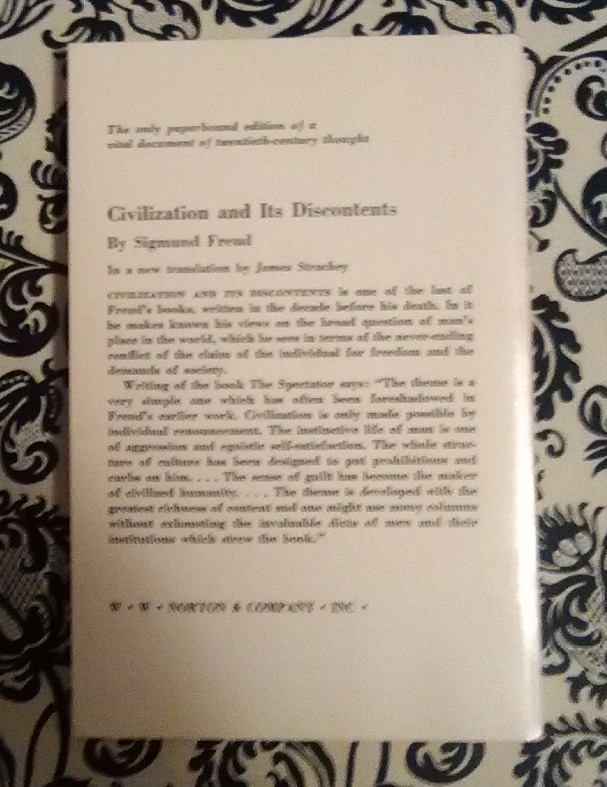

Sexuality not only needed to be regulated by personal morality, or by the vigilance of the family, but, since it could affect entire populations, was a political and social concern.Īt the same time the nascent field of sexology was developing. Additionally, a growing knowledge of sexual diseases, like syphilis, created, in the public mind, an association between sexual promiscuity and catastrophic epidemics. Young women were expected to be chaste before marriage and the private sexual experimentation of children and adolescents-for example, masturbation-were assiduously suppressed. Their sexual interests, and sexual knowledge, were understood to be naturally limited however, in the case of exceptions, this interest and knowledge were carefully regulated. The large, urban, professional middle class-the bourgeoisie-had an intense moral preoccupation with sexuality, particularly in women and children. (Wikimedia Commons) Klimt’s work captures visually many themes that preoccupied Freud in turn-of-the-century Vienna. This rigorous sexual morality did not, however, prevent Victorians from speaking about sexuality. Both texts rest written from Freud’s basic psychoanalytic perspective each reflects the general historical, philosophical, and scientific movements in which Freud found himself when he developed psychoanalysis.įreud’s Austria of the second half of the nineteenth century was characterized by an even more rigorous form of Victorian sexual morality than England, whose sexual delicacy and frigidity is often caricatured. Five Lectures on Psychoanalysis and Civilization and its Discontents belong to two distinct phases of Freud’s thought-a thought which was always changing, expanding, and being revised, and which has as many discontinuities as continuities.


 0 kommentar(er)
0 kommentar(er)
